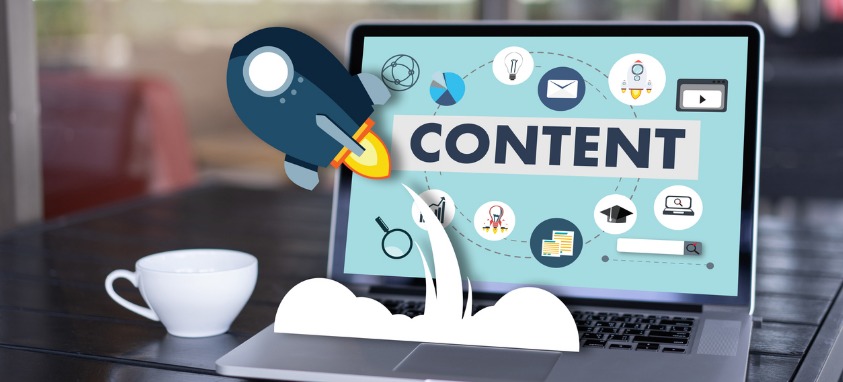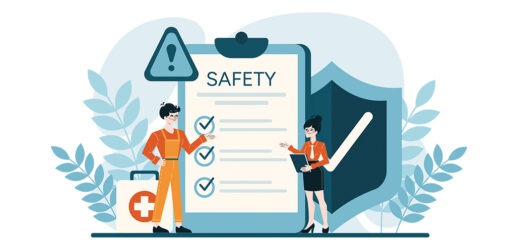Conference-goers are a discerning lot. Sure, they’re looking for great content to further their career development—but at a good price. And like 88 percent of savvy consumers today, the first place they’re going to look for more information about your event is online: your event website.
But just because a potential attendee finds your conference website doesn’t mean you’re in the clear. You’ve only got 10 seconds to capture their interest, so your site needs to present the right information to capitalize on that window, especially by providing a seamless checkout.
Following is a breakdown of the elements your conference website needs to be successful.
The Necessities of an Attention-grabbing Conference Website
When someone lands on your conference website, the images and words they see first are the most important. Use the wrong ones and visitors will quickly hit the back button on their browsers and never be seen again. Here’s how to make a lasting first impression on web visitors:
Use images that convey the attendee experience. The human eye processes images in 13 milliseconds, much faster than it can read words. That’s why it’s critical to use engaging visuals of attendees enjoying your conference high up on your event website.
4 Ways to Improve Your Photography Game
- Use images of satisfied attendees in prominent places on your website
- Highlight images of venue and speakers further down or in your site
- Invest in a professional event photographer to get high quality images
- Smart tip: If hiring a professional photographer is too costly, you can use stock photography when appropriate to save money
Craft headlines and descriptions to pique interest. After sussing out your visuals, the next place people look is at your headline copy and descriptions. The secret to crafting headlines and sentences that pique visitors’ interest is by first, understanding your event’s value proposition, and second, being concise with your copy.
5 Ways to Uplevel Your Conference Website Copy
- Use bullet points when possible to make it easier for people to scan
- Limit paragraphs to three or four sentences
- Consider using helpful and relevant links in your copy, like FAQs
- Use benefits, not features, in your headlines and descriptions
- Always use the active voice (never passive voice)
Consider what potential conference-goers will skim for on the page. Once your conference site has convinced visitors to hang around, it needs to answer a few important questions—like the date and location. This may sound obvious, but these critical details can often be buried or forgotten entirely.
To ensure your site doesn’t miss the mark, make the date, time and location easily identifiable. Once your website has piqued someone’s interest, make sure they can scan the page and find out when and where your conference will be.
Tips for Prioritizing the Date and Location on Your Site
- The date and time should be included in your headline
- Repeat these important details again in the footer
- Embed a Google map into your “About” page, which also improves SEO
Be sure your call to action (CTA) is always visible. It’s highly frustrating for people when they have to comb through your website to register. Your conference website is a treasure map, and your call to action (CTA) is the giant red ‘X’ that says, “Over here!”
3 Best Practices to Help Site Visitors Register
- Put a CTA button up top on the homepage of your website
- Use active language, like “Register Now”
- Make it pop by using a contrasting color for the button
Ensure details that confirm your conference can’t be missed. Before someone can commit to attending your conference, they’ll want to know the particulars—who will be speaking and if they’ll learn something new. Sounds simple, but it’s where some conference websites fall short. Here’s how to show potential attendees your conference is worth the investment:
Highlight the benefits of your conference agenda. People want to know who’s speaking, about what and when. That information can’t be presented as a boring list, though. Your site visitors will expect an interactive and easy-to-read lineup, with links to speaker bios and session descriptions.
3 Ways to Take Your Agenda from Boring to Exciting
- Do research to see how your competitors present that information and what you like (pop ups that overlay on the webpage are a popular approach right now)
- Gather speaker bios and photos as soon as you confirm them
- Make your session abstracts punchy and engaging (see copy tips above)
Showcase the value your sponsors will bring. From big-name conferences to smaller, corporate events, sponsors can add credibility to your event. Plus, giving sponsors space on your site is another activation you can offer them. That’s a win-win situation for both your conference and your sponsors.
How to Incorporate Sponsors in Your Website
- Don’t just feature sponsor logos on your website’s home page. Instead, tell visitors why they’re important partners and how they’ll enhance the experience.
- If you have a blog on your conference website, have sponsors write a guest post that encourages attendees to stop by and meet them in person.
Put these tips into action with real examples. Your conference website should be the ultimate salesperson for your event. Find out how to shape it in The Good, The Bad, and The Ugly of Event Websites.
Ronnie Higgins works at Eventbrite, helping event planners level-up their registration game. Born and raised in New Orleans, there’s nothing he enjoys more than helping people get together for a conference, class or city-wide party like Mardi Gras. Eventbrite is a global ticketing and event technology platform that provides creators of events of all shapes and sizes with tools and resources to seamlessly plan, promote and produce live experiences around the world.




